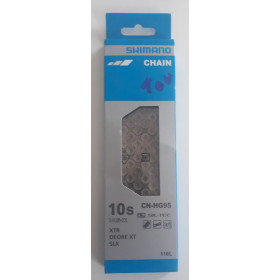-
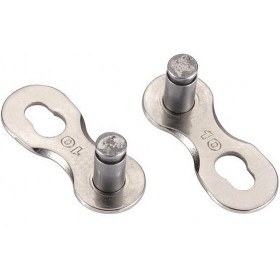 New productSunrace CNQ10 quick connect for chain 10s
New productSunrace CNQ10 quick connect for chain 10s- €1.90
-
 New product -15%Shimano 10s chain rivet
New product -15%Shimano 10s chain rivet- €3.48
- €4.10
-
 New product -30%1 chain quick connect Sram 10 speed
New product -30%1 chain quick connect Sram 10 speed- €2.44
- €3.49
-
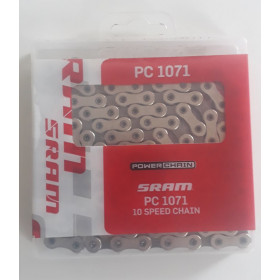 New product -40%Sram chain 10s PC1071
New product -40%Sram chain 10s PC1071- €26.99
- €44.99
-
 New product -14%Sram chain 10s PC1110
New product -14%Sram chain 10s PC1110- €12.89
- €14.99
-
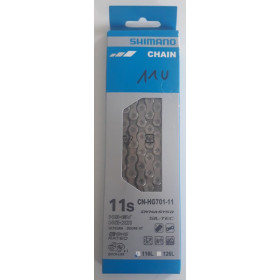 New product -38%Shimano chain 11s CN-HG701-11 116 links
New product -38%Shimano chain 11s CN-HG701-11 116 links- €30.94
- €49.90
-
Shimano chain 10s CN-HG95 XTR 116 links
- €23.36
- €40.99
-
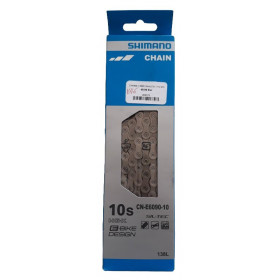 New product -30%E-bike Shimano chain 10s CN-E6090-10
New product -30%E-bike Shimano chain 10s CN-E6090-10- €38.49
- €54.99
-
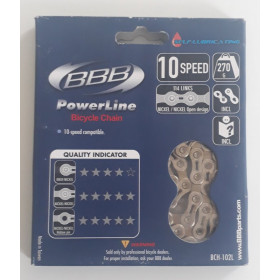 New product -30%10s chain bbb BCH-102L114 links
New product -30%10s chain bbb BCH-102L114 links- €24.49
- €34.99
-
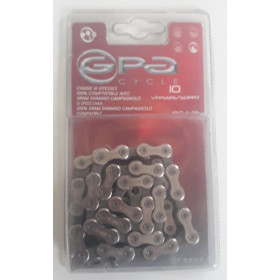 New product -25%Bicycle chain 10s GPA Cycles
New product -25%Bicycle chain 10s GPA Cycles- €20.21
- €26.95
-
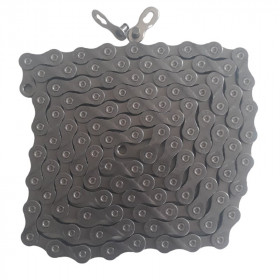 New product -25%9s chain KMC X9
New product -25%9s chain KMC X9- €11.96
- €15.95
-
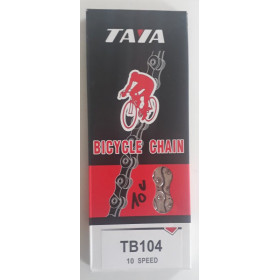 New product -18%10s chain Taya DECA-101
New product -18%10s chain Taya DECA-101- €20.49
- €24.99
-
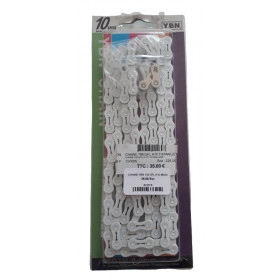 New product -15%10s chain YBN SFL-H10 116 links
New product -15%10s chain YBN SFL-H10 116 links- €29.74
- €34.99
-
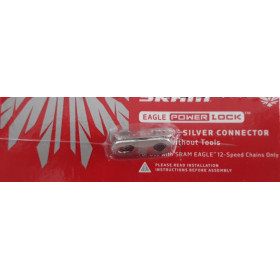 New product -25%Chain quick connect Sram 12 speed Eagle power lock
New product -25%Chain quick connect Sram 12 speed Eagle power lock- €3.15
- €4.20
-
 New product -25%Chain quick connect Sram 11 speed power lock
New product -25%Chain quick connect Sram 11 speed power lock- €3.15
- €4.20
-
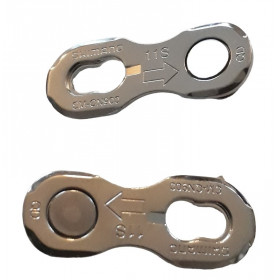 New productChain quick release Shimano 11s
New productChain quick release Shimano 11s- €8.99
-
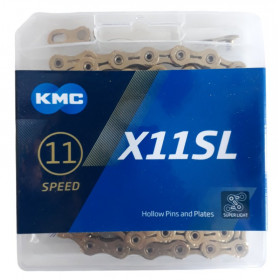 New product -30%11 speed chain KMC X11SL Ti N gold 118 links
New product -30%11 speed chain KMC X11SL Ti N gold 118 links- €52.49
- €74.99
Showing 1-17 of 17 item(s)
A fat bike's chain plays a crucial role in transmitting the rider's pedaling power to the bicycle's wheels, while providing strength and durability suited to the specific conditions encountered when cycling on varied terrain, including loose, unstable or snowy surfaces. Here is its function and main characteristics:
Function :
The main function of a fat bike's chain is to transfer the rider's pedaling force from the bottom bracket chainrings to the rear wheel sprockets, thereby propelling the bike forward. Designed for varied and often difficult-to-access terrain, the fat bike is equipped with extra-wide tires which provide additional grip on unstable surfaces such as sand, snow or mud. The chain therefore makes it possible to transfer pedaling power in these specific conditions.
Features :
1. Width:
Fat bikes come with extra-wide tires, which means the chain must be wide enough to accommodate the width of the bike's rear chainstay and to allow proper alignment with the rear wheel sprockets. Fat bike chains are therefore generally wider than those of traditional bikes.
2. Sustainability:
Since fat bikes are often used in harsh conditions and varied terrain, the chain must be made of high-quality materials and have special treatments to provide increased durability and resistance to wear, impact and high constraints.
3. Corrosion resistance:
Since fat bikes can be used in wet, muddy, or snowy environments, the chain must also be corrosion resistant. Manufacturers often use special coatings or corrosion-resistant materials to protect the chain from damage caused by moisture and external elements.
4. Compatibility:
Fat bike chains must be compatible with mountain bike specific drivetrain configurations, which can vary depending on the number of gears and the type of crankset used. It is important to choose a chain compatible with the transmission system of your fat bike for optimal operation.
5. Maintenance:
Like all bicycle chains, a fat bike chain requires regular maintenance to ensure optimal operation. This includes cleaning, lubrication and periodic replacement to prevent excessive wear and extend the life of the transmission.
In summary, a fat bike's chain is an essential component that provides durability, corrosion resistance, and compatibility with the varied terrain encountered when cycling on loose, unstable, or snowy surfaces. It ensures efficient transmission of the cyclist's pedaling power to the bicycle wheels, while providing increased resistance to shock and wear.

